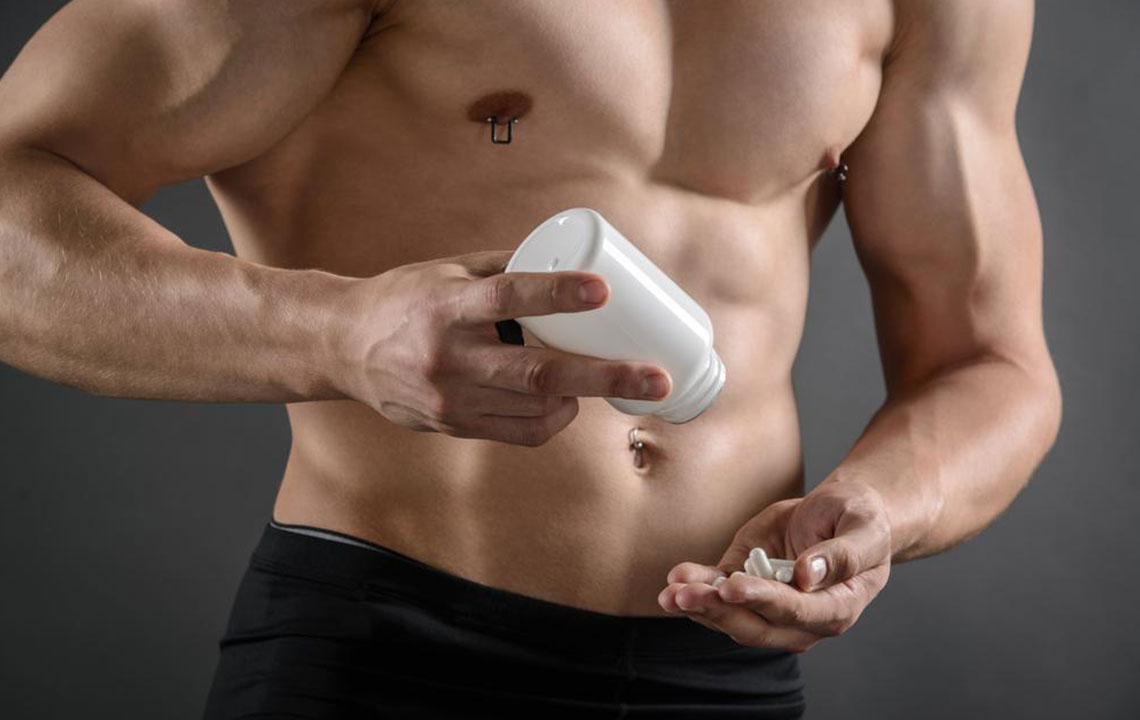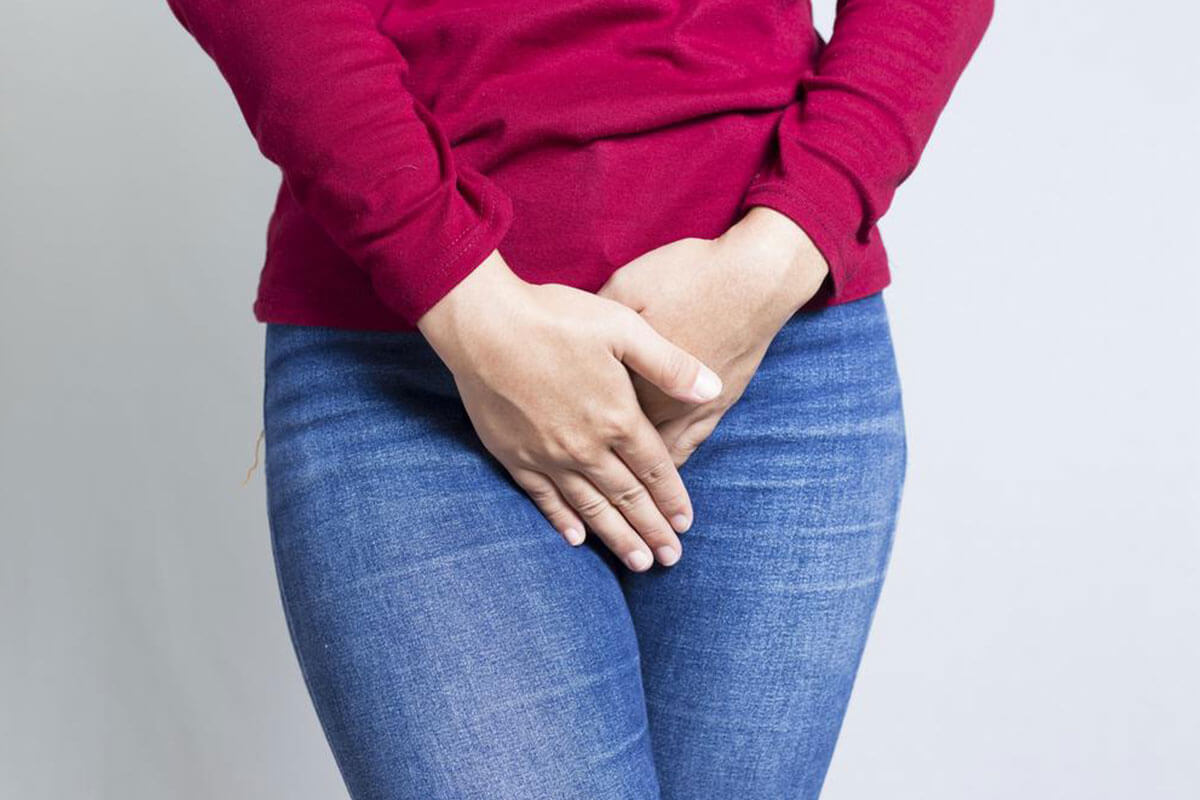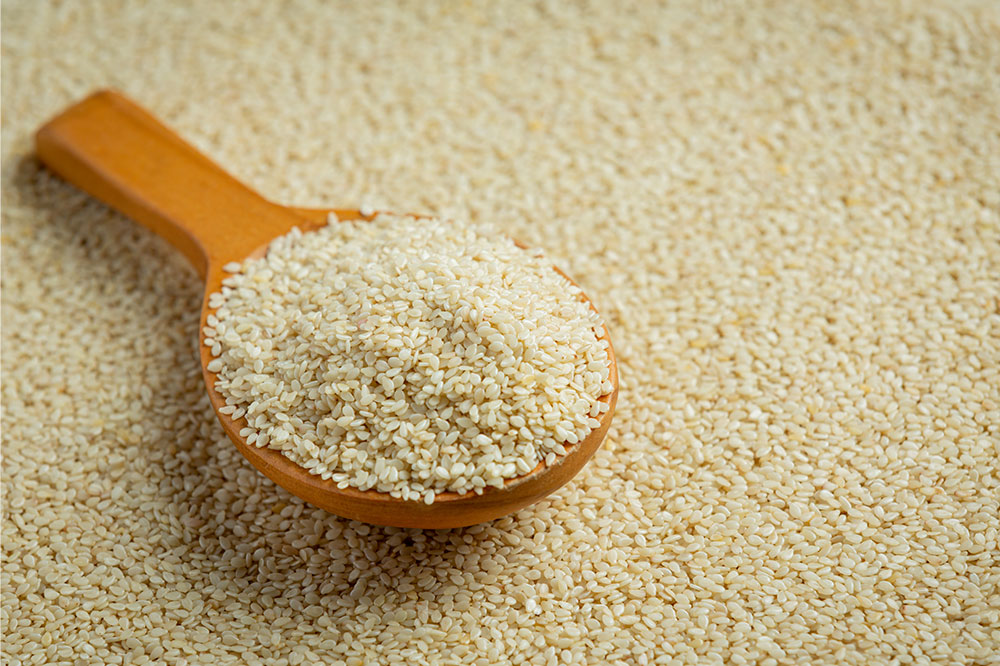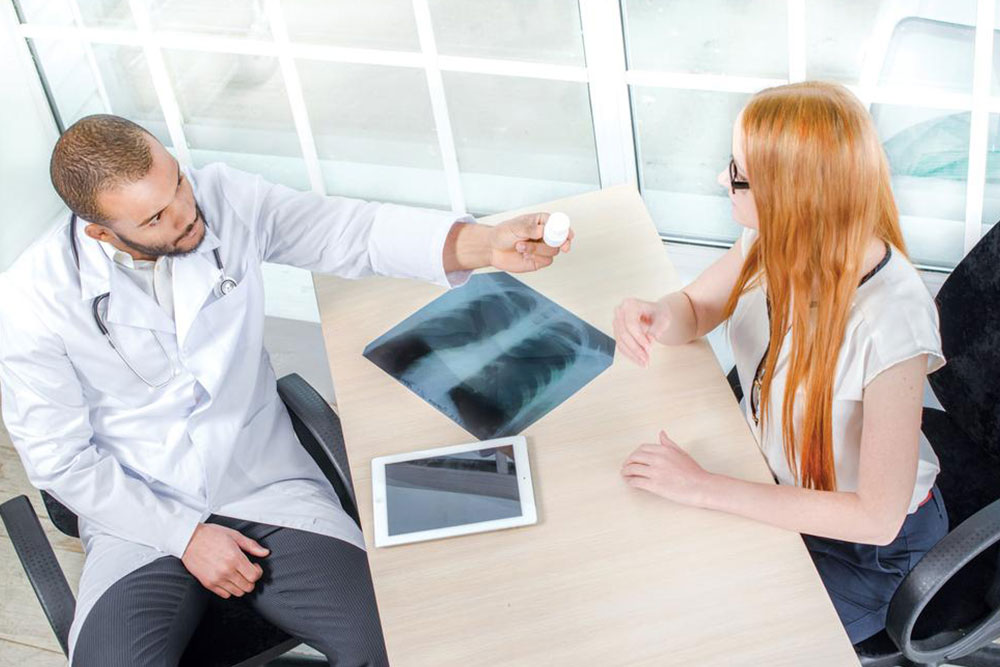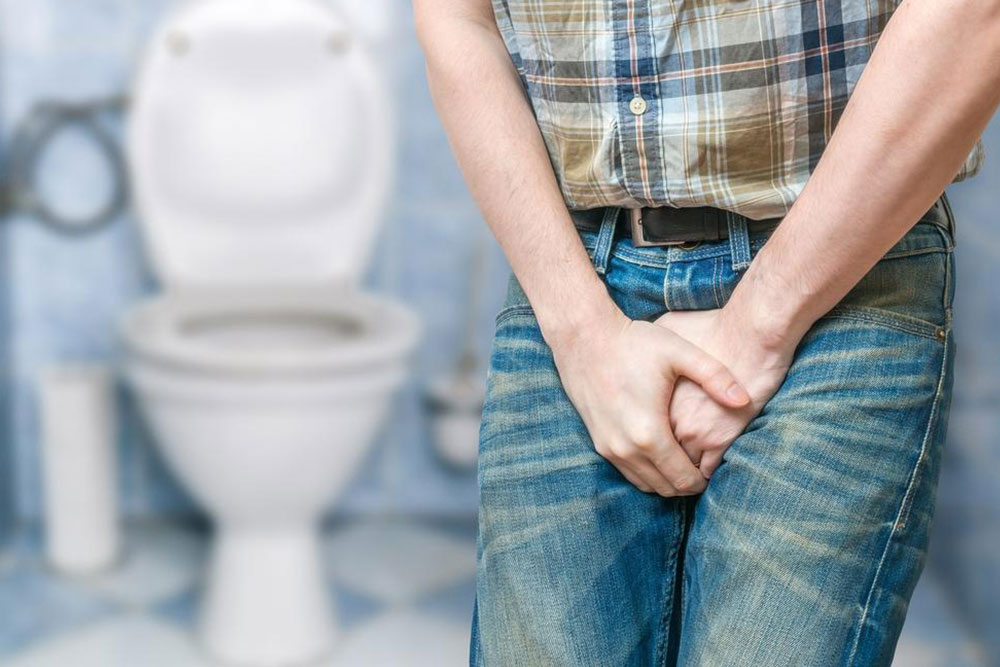Understanding Enlarged Prostate: Symptoms, Indicators, and Treatment Options
This article explores prostate enlargement, highlighting common symptoms like frequent urination and difficulty urinating, along with treatment choices ranging from medications to surgery. It aims to inform men over 50 about signs and available interventions for BPH, emphasizing the importance of medical consultation. The content is designed to provide practical insights and support informed health decisions regarding prostate health.
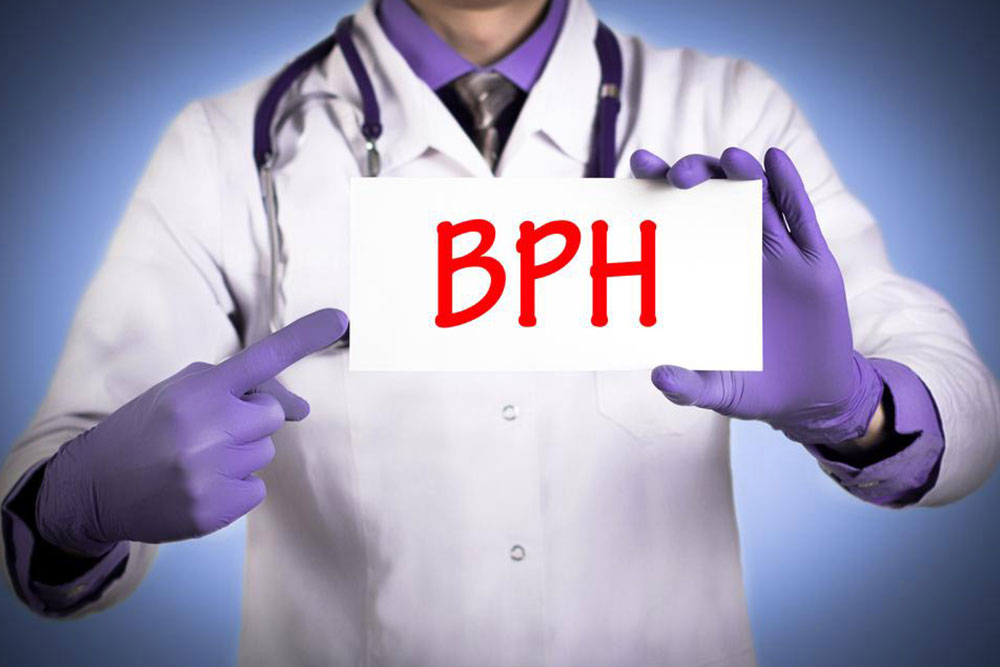
Understanding Enlarged Prostate: Symptoms, Indicators, and Treatment Options
If you find yourself making frequent late-night trips to the bathroom or rushing to the restroom during daytime activities, these could be early signs of prostate enlargement. Difficulty sitting through flights or meetings without discomfort might also indicate benign prostate hyperplasia (BPH). According to the NKUDIC (National Kidney and Urological Disease Information Clearinghouse), BPH is the most prevalent prostate condition among men over 50.
As reported by the AUA (American Urological Association), nearly 50% of men aged 60 and above have BPH, with this number increasing to 90% by age 85.
Signs and Manifestations
Common symptoms include difficulty initiating urination, dribbling, and leakage. Frequent nighttime bathroom visits often disrupt daily life. Symptoms can worsen under stress or cold weather, divided into two categories:
Bladder emptying issues:
These involve pain during urination, persistent urge to urinate soon after voiding, incomplete bladder emptying sensation, post-urination dribbling, weak urine flow, and difficulty starting urination.
Storage symptoms:
This includes sudden, uncontrollable urges to urinate, frequent urination, and nocturia—waking multiple times at night to urinate. The severity of these symptoms varies from mild to debilitating, irrespective of prostate size.
Treatment Strategies
Treatment options encompass medications, minimally-invasive procedures, and surgical interventions. The choice depends on symptom severity, patient age, and overall health. While surgery is often most effective, it carries higher risks. Medications like Alpha Blockers simply relieve symptoms, whereas 5-Alpha reductase inhibitors can reduce prostate size by lowering DHT hormone levels.
Minimally-invasive methods include TUMT (transurethral microwave therapy) which addresses mild to moderate flow issues, TUNA (radiofrequency ablation), and prostate stents to keep the urethra open. Surgical procedures such as TURP (transurethral resection), TUIP (incising the prostate), laser surgeries, and prostatectomy are available for more severe cases.

